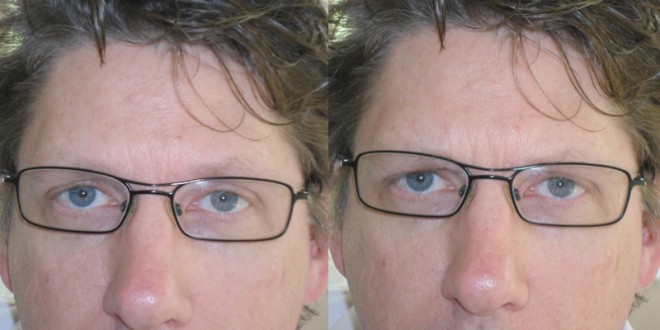The purpose of video-taping interactions was to allow me to observe my own behaviour in socio-musical situations. In particular I was interested in the relationship between verbal and non-verbal communication, mirroring of body states indicating empathic response, and ways in which control of an interaction passed around the members of the group.
I had some concerns that my known difficulties with facial expression and other non-verbal communications would impact on my ability to interpret the behaviours captured on tape, despite the fact that I have no problems with most films and television. [OMG] The first tapes assuaged this fear and suggest that the "distance" from the moment is sufficient to allow the cognitive processes to kick in. I can interpret faces in still photographs quite well, but it takes a little time. My own facial expression is a little trickier and took some study even on video - it's pretty blank really. My expression seems to come primarily from my voice and the words chosen. The images below were taken by my family, to prove to me that they can't tell when I'm annoyed. I was adamant that there was significant eyebrow action going on and they should be able to tell and settle down. when I was editing the two images together I had to do it three times, because I could not see the difference without naming the shots. Ultimately the "grumpy" image has more closed eyes.
I also have concluded that film and TV interactions and body language is easier for me to interpret because it is embedded in the director's vision of the audience's understanding. This is very similar to the experiences I have in theatre and studios as a "meaning-maker."
The context of observation seems to be very much a factor - a little time and distance does wonders for the objectivity and allows a non-intuitive mode of cognitive empathy to interpret meaning.
Related Posts
- Video for you: Manipulated video allows an art-i-fact of the moment in time.
- Colours and Images: The images have been chosen very carefully to enhance the text that they are associated with. They each mean something quite particular to me - they carry "baggage".
- Speaking, Hearing, Seeing: People with Asperger's and HFA often have unusual ways of speaking, hearing and seeing interpersonal communication modes.
- Watch Yourself ...: The processes of viewing and analysing video of myself in work and interactive situations is very confronting.
- OMG: I wondered if I would be able to read the body language on video, and now I know I can.
- Faces and Bits: Prosopagnosia, or face-blindness, can affect both recognition of people and their nonverbal language.
- Video Complexities: People are much more complex than I thought possible.
